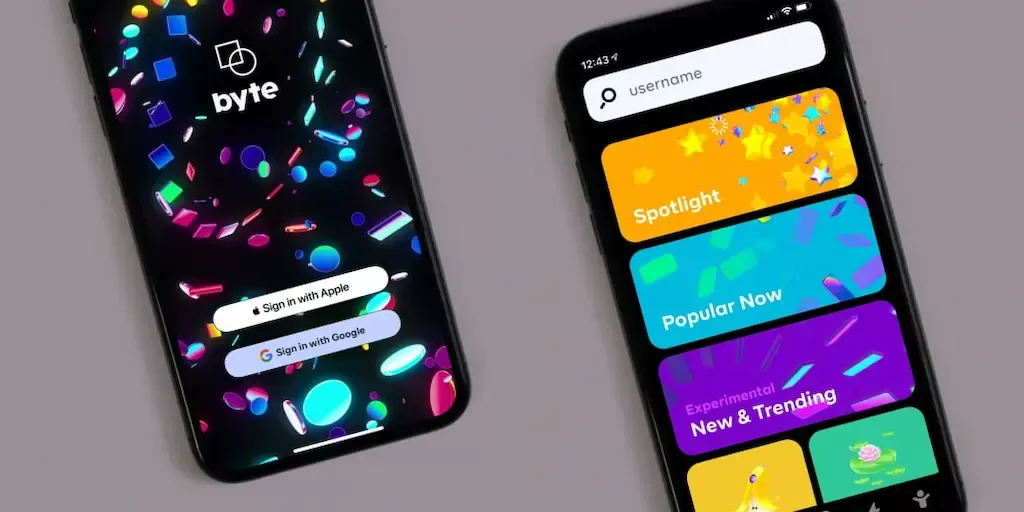
Exploring Modern Mobile App Development: A Comprehensive Guide

In the fast-evolving landscape of mobile app development, staying abreast of the latest technologies...
In the fast-evolving landscape of mobile app development, staying abreast of the latest technologies and methodologies is essential. This blog post aims to provide a comprehensive overview of the various ways to create a modern mobile app, covering both native and cross-platform approaches.
Native App Development:
- iOS Development with Swift:Swift has become the go-to language for iOS development, offering a powerful and intuitive syntax. Xcode, Apple's integrated development environment (IDE), provides a robust platform for building high-performance iOS apps.
// Sample Swift code
import UIKit
class ViewController: UIViewController {
override func viewDidLoad() {
super.viewDidLoad()
// Your code here
}
}
- Android Development with Kotlin:Kotlin, endorsed by Google for Android development, offers concise syntax and seamless interoperability with Java. Android Studio, the official IDE, supports the development of feature-rich Android apps.
// Sample Kotlin code
import android.os.Bundle
import androidx.appcompat.app.AppCompatActivity
class MainActivity : AppCompatActivity() {
override fun onCreate(savedInstanceState: Bundle?) {
super.onCreate(savedInstanceState)
// Your code here
}
}
Cross-Platform App Development:
- React Native:Leveraging the power of React, Facebook's React Native allows developers to build cross-platform apps with a single codebase. JavaScript and React skills can be utilized to create native-like experiences for both iOS and Android.
// Sample React Native code
import React, { Component } from 'react';
import { View, Text } from 'react-native';
class App extends Component {
render() {
return (
Your code here
);
}
}
- Flutter:Developed by Google, Flutter uses the Dart programming language to create visually appealing and highly performant applications for multiple platforms. Flutter's widget-based architecture allows for expressive and flexible UI design.
// Sample Flutter code
import 'package:flutter/material.dart';
void main() {
runApp(MyApp());
}
class MyApp extends StatelessWidget {
@override
Widget build(BuildContext context) {
return MaterialApp(
home: Scaffold(
body: Center(
child: Text('Your code here'),
),
),
);
}
}
Progressive Web Apps (PWAs):
- Ionic Framework:Building on web technologies, Ionic Framework allows developers to create PWAs with HTML, CSS, and JavaScript. It provides a library of pre-built UI components and integrations for a seamless user experience.
Your code here
- Vue.js with Capacitor:Vue.js, a progressive JavaScript framework, can be combined with Capacitor to develop PWAs. Capacitor enables access to native device features while maintaining the flexibility of web development.
Your code here
Conclusion:
Whether you opt for native development to harness platform-specific capabilities or choose cross-platform frameworks for code efficiency, the landscape of mobile app development offers a range of options. The key is to understand your project requirements, consider the target audience, and select the approach that aligns best with your goals. Stay tuned for more insights into the ever-evolving world of mobile app development!

